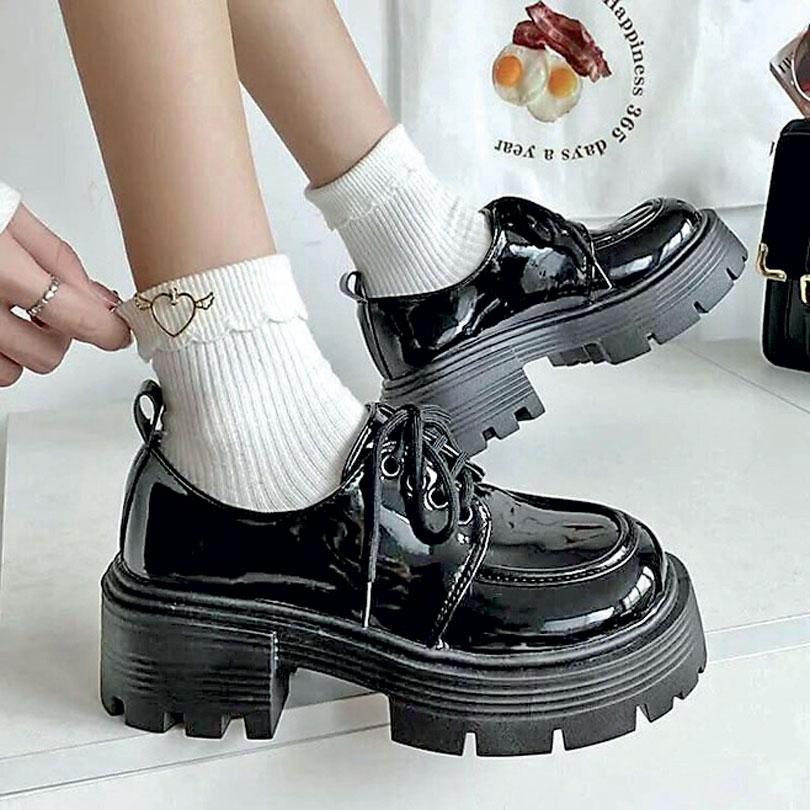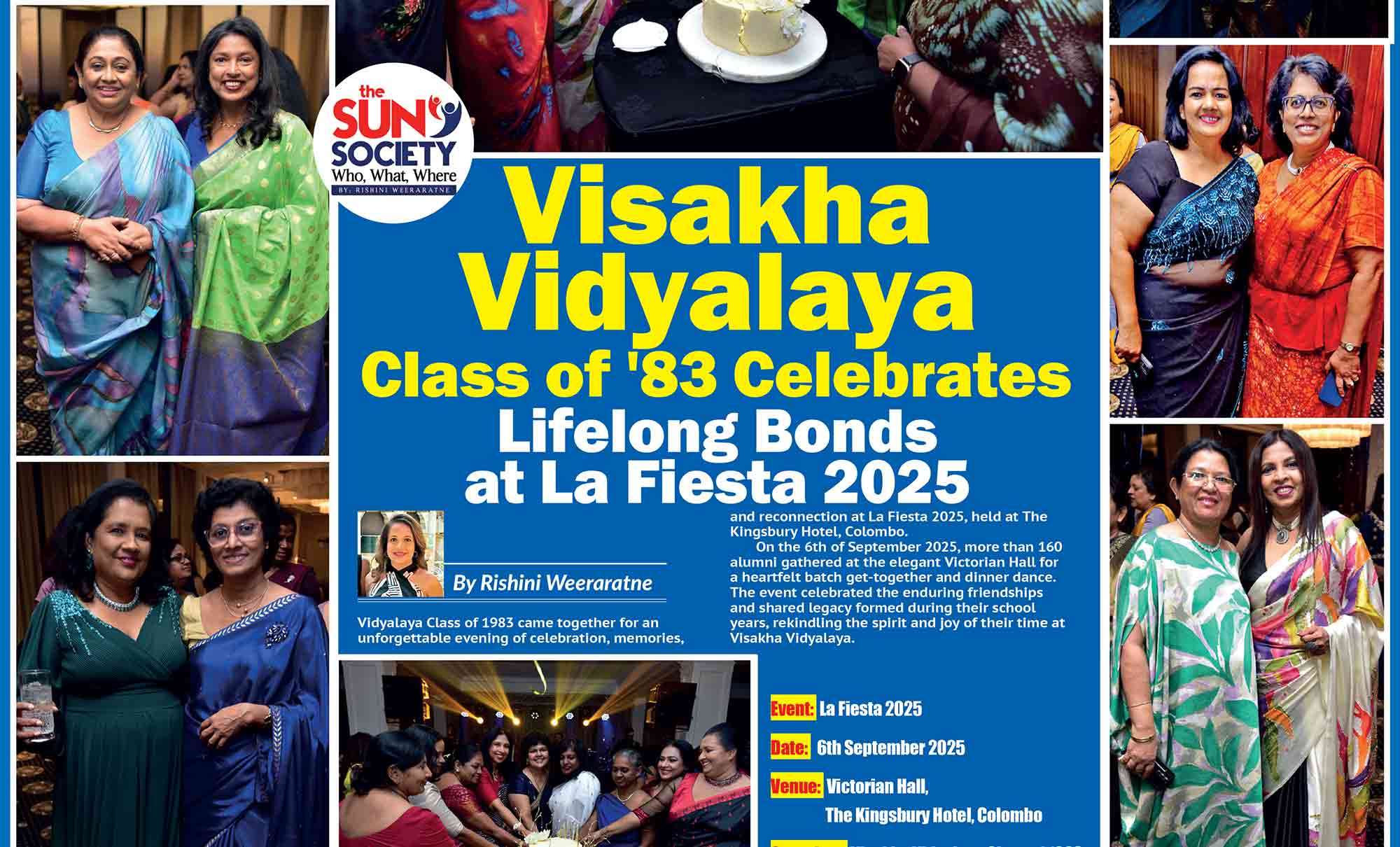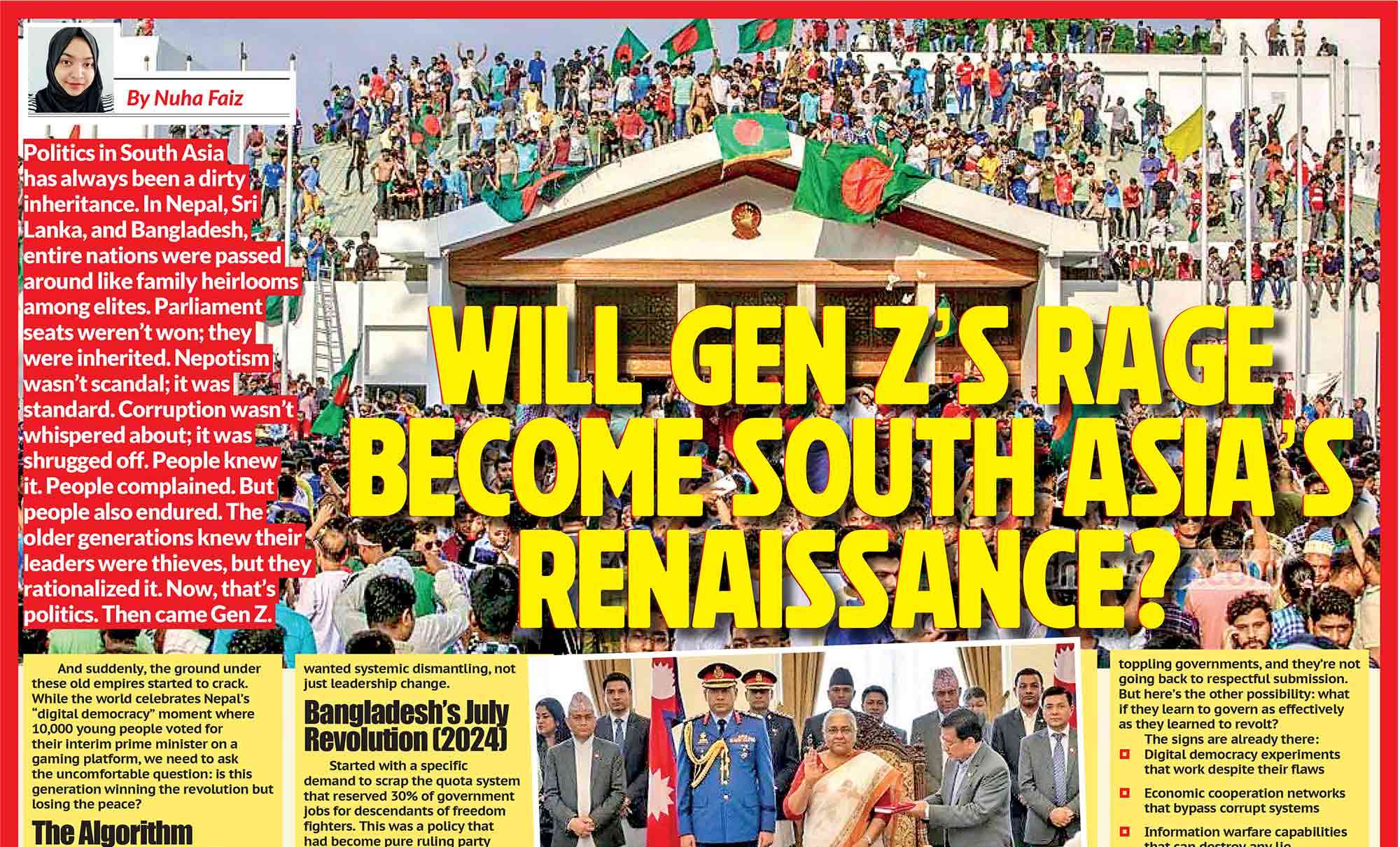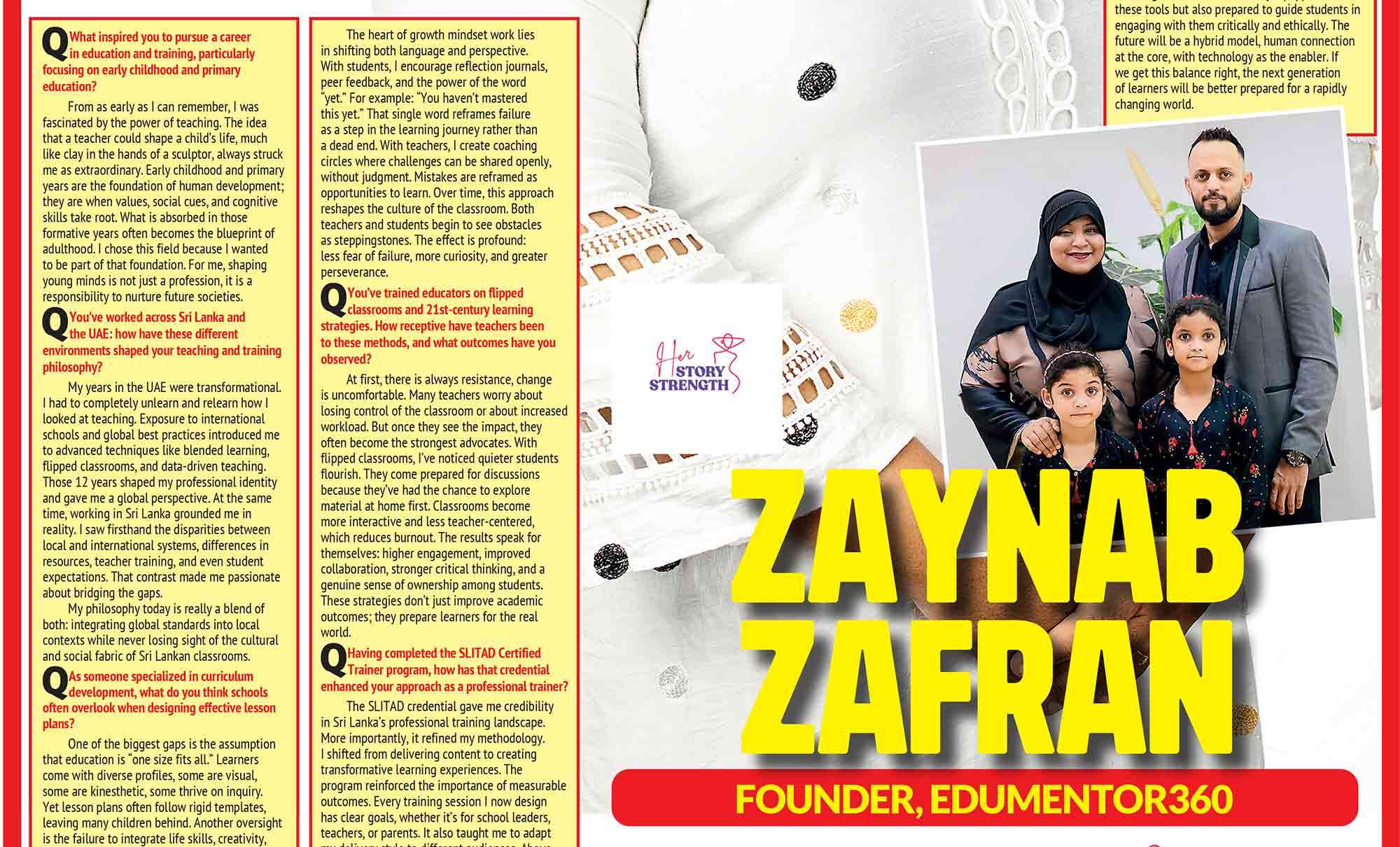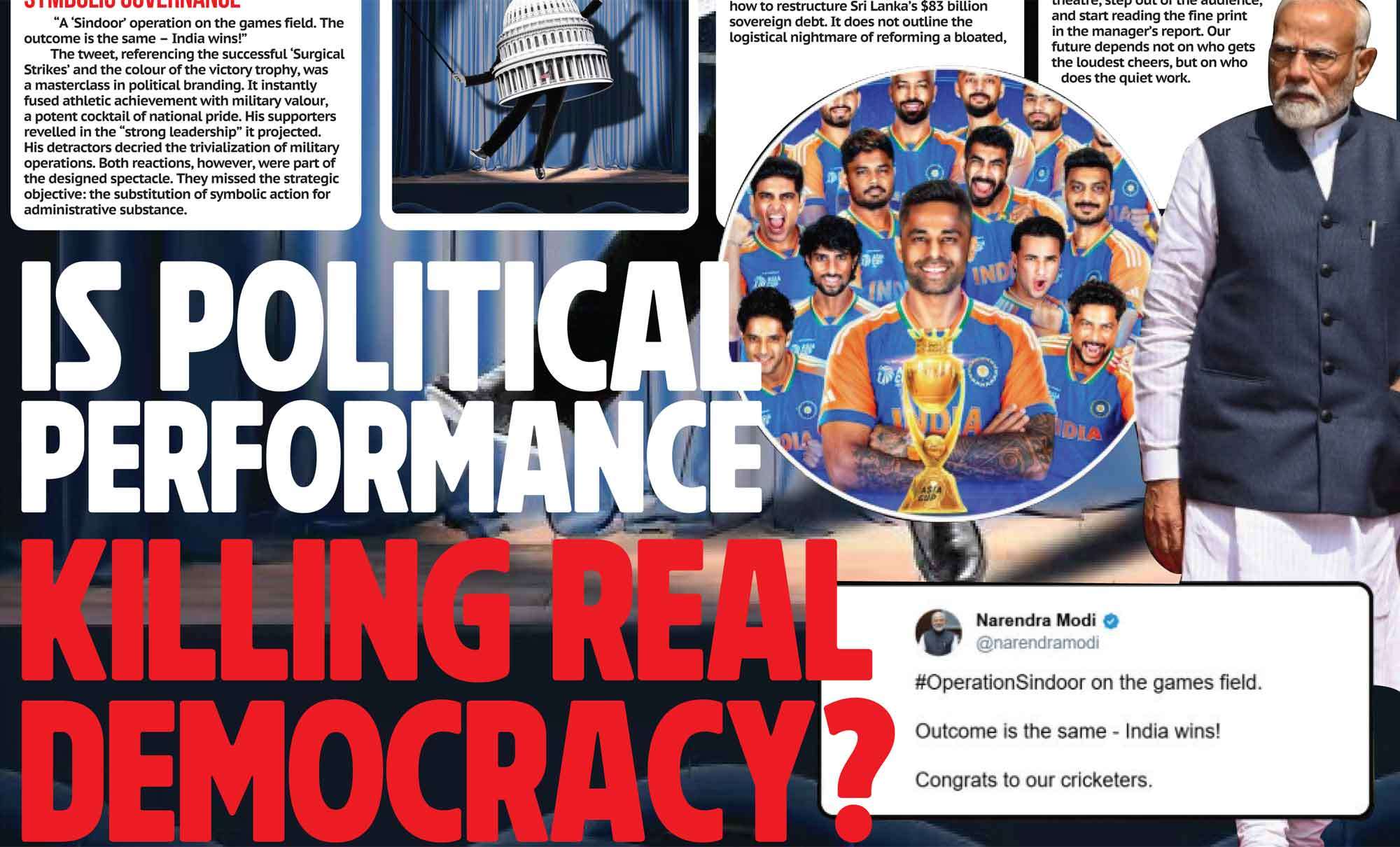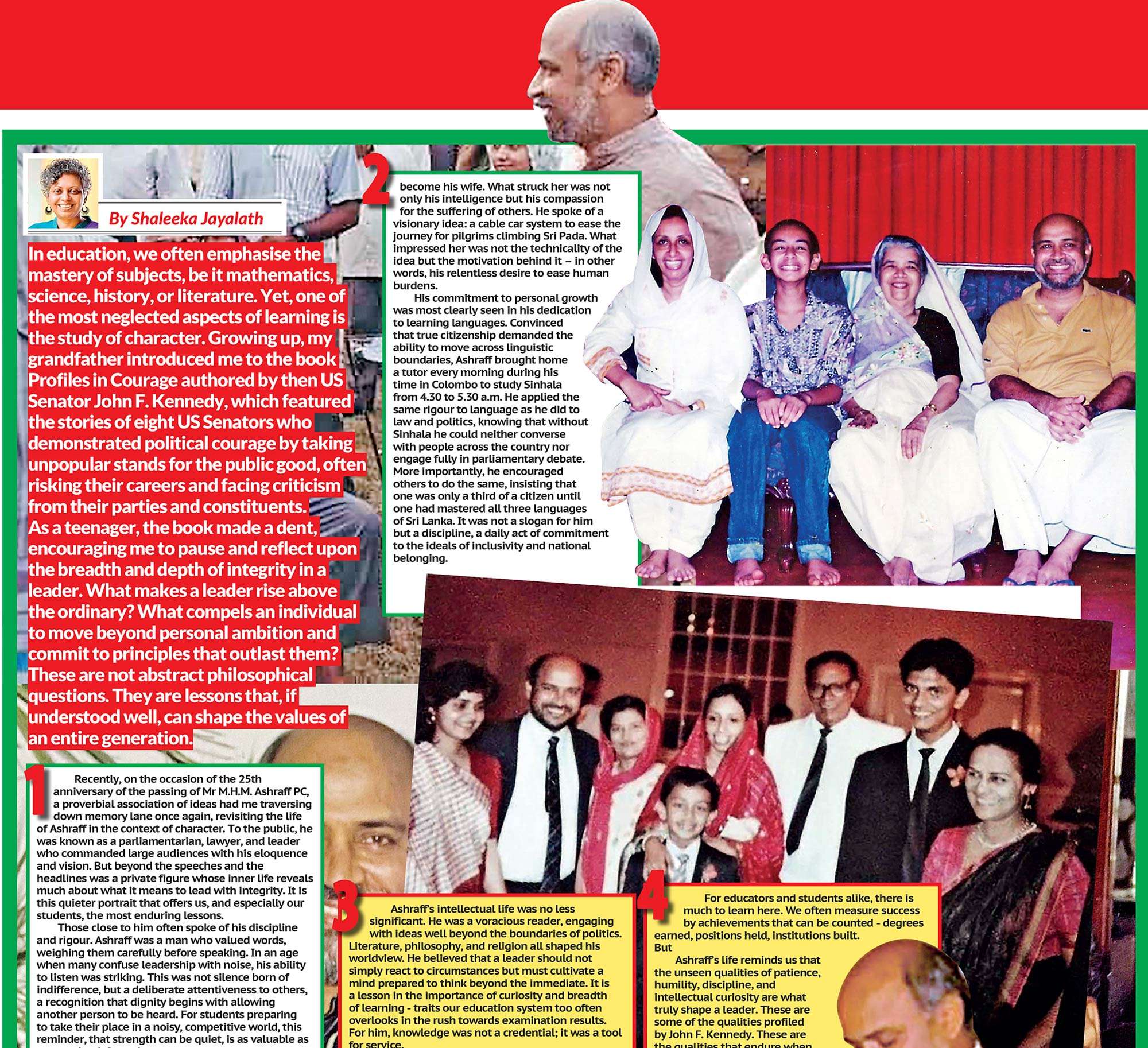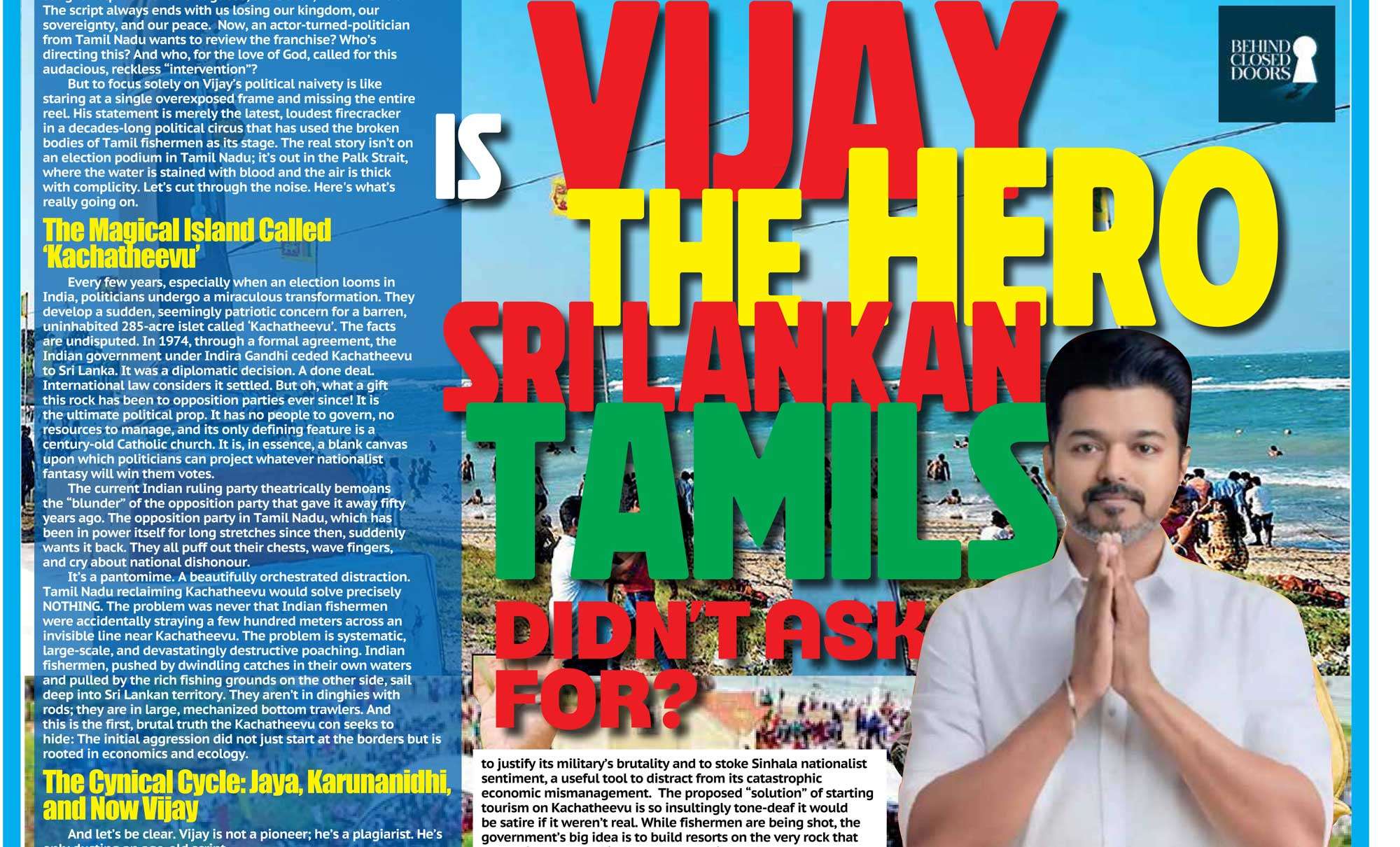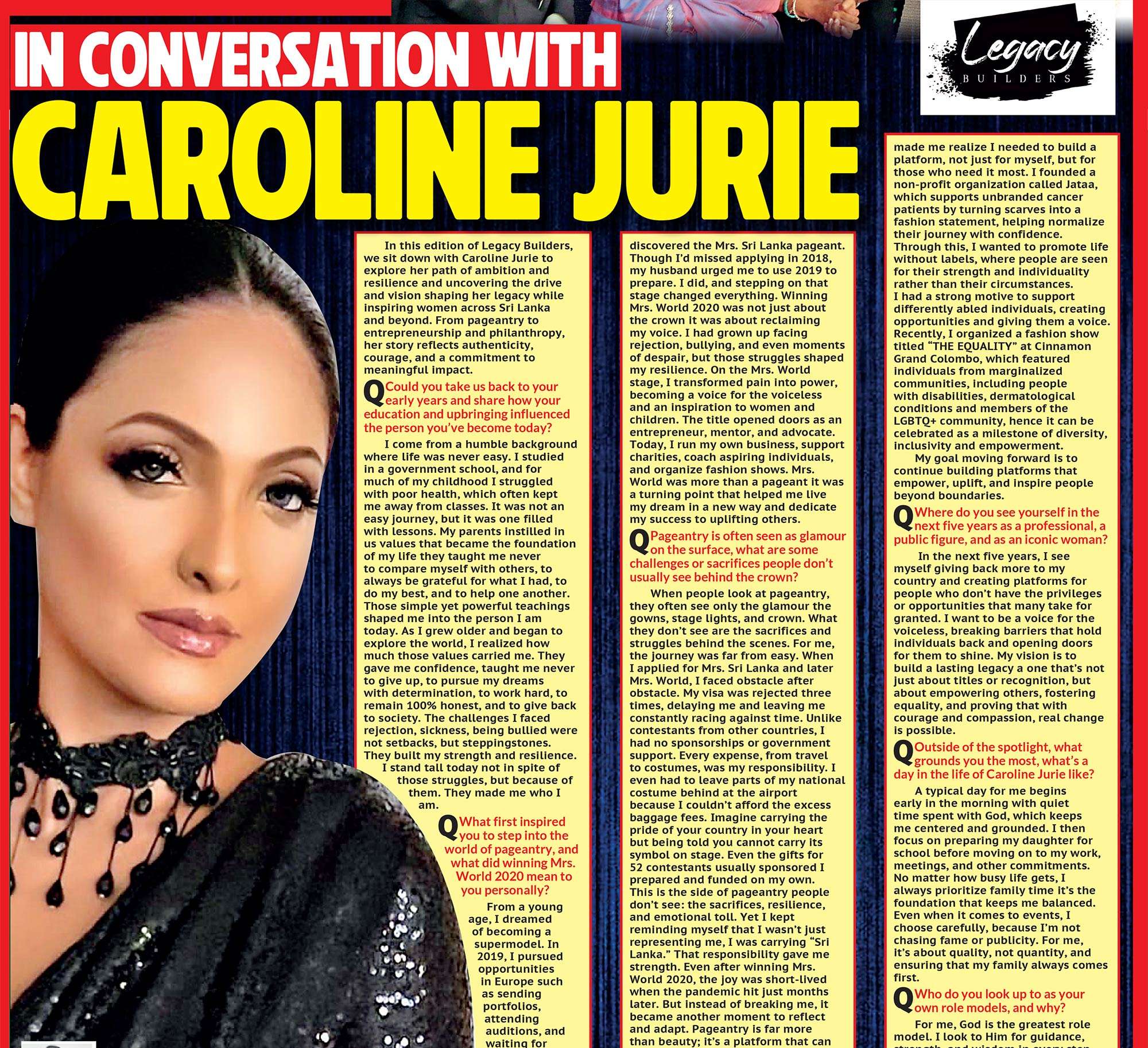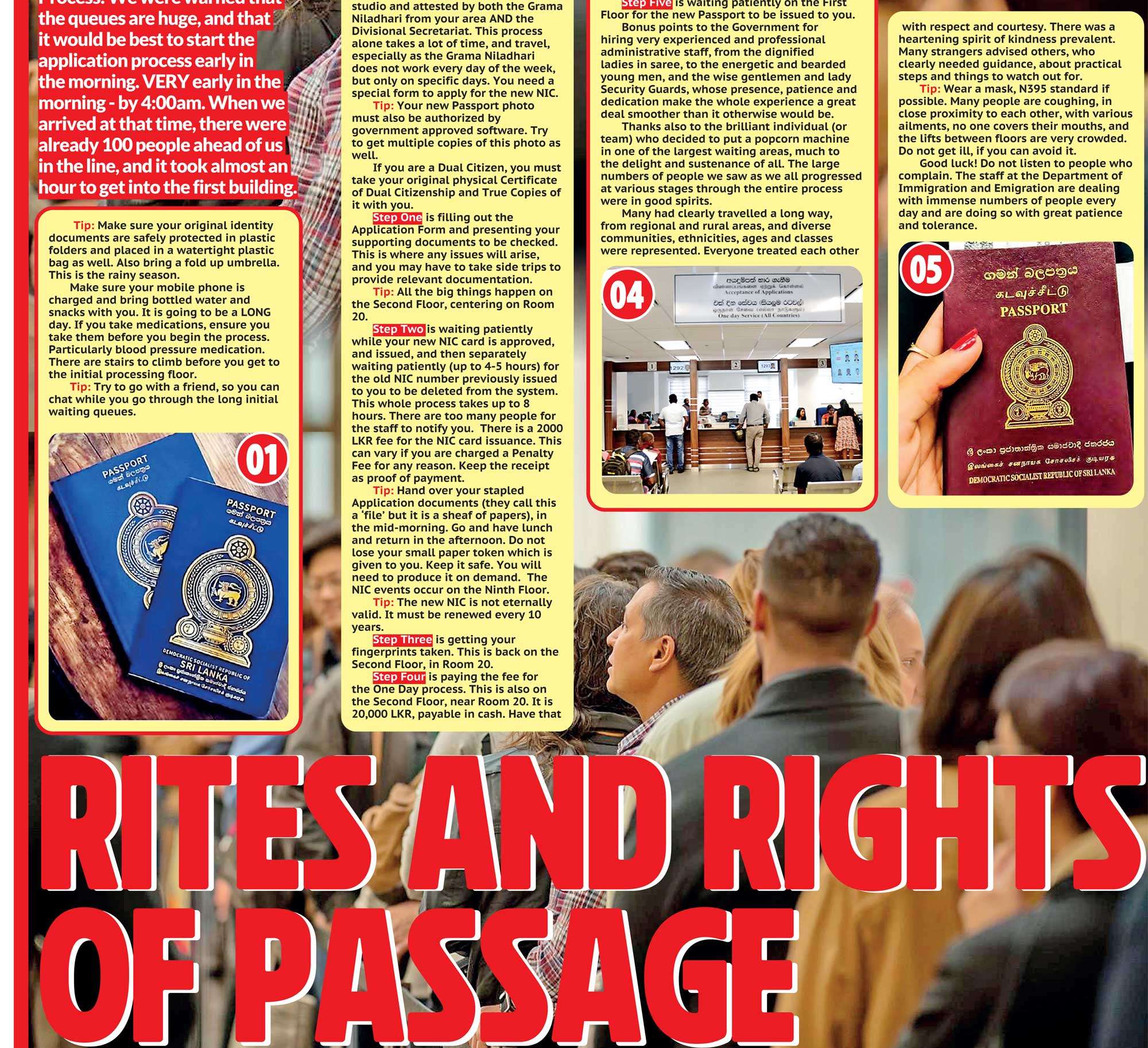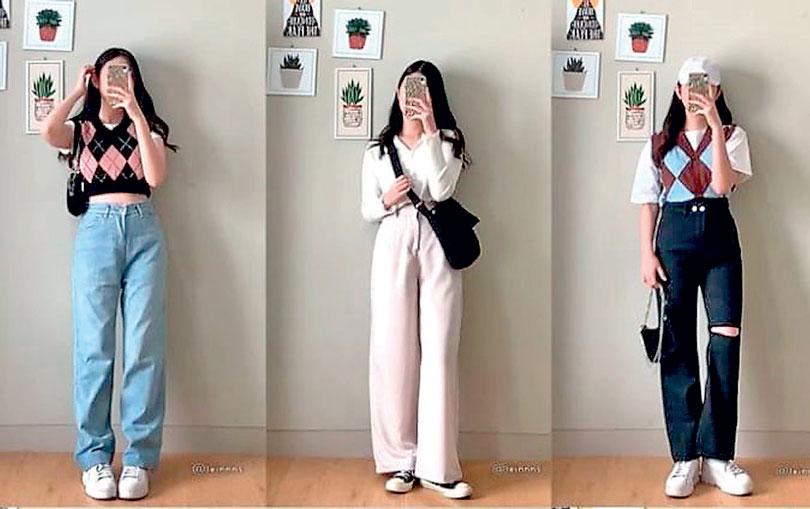
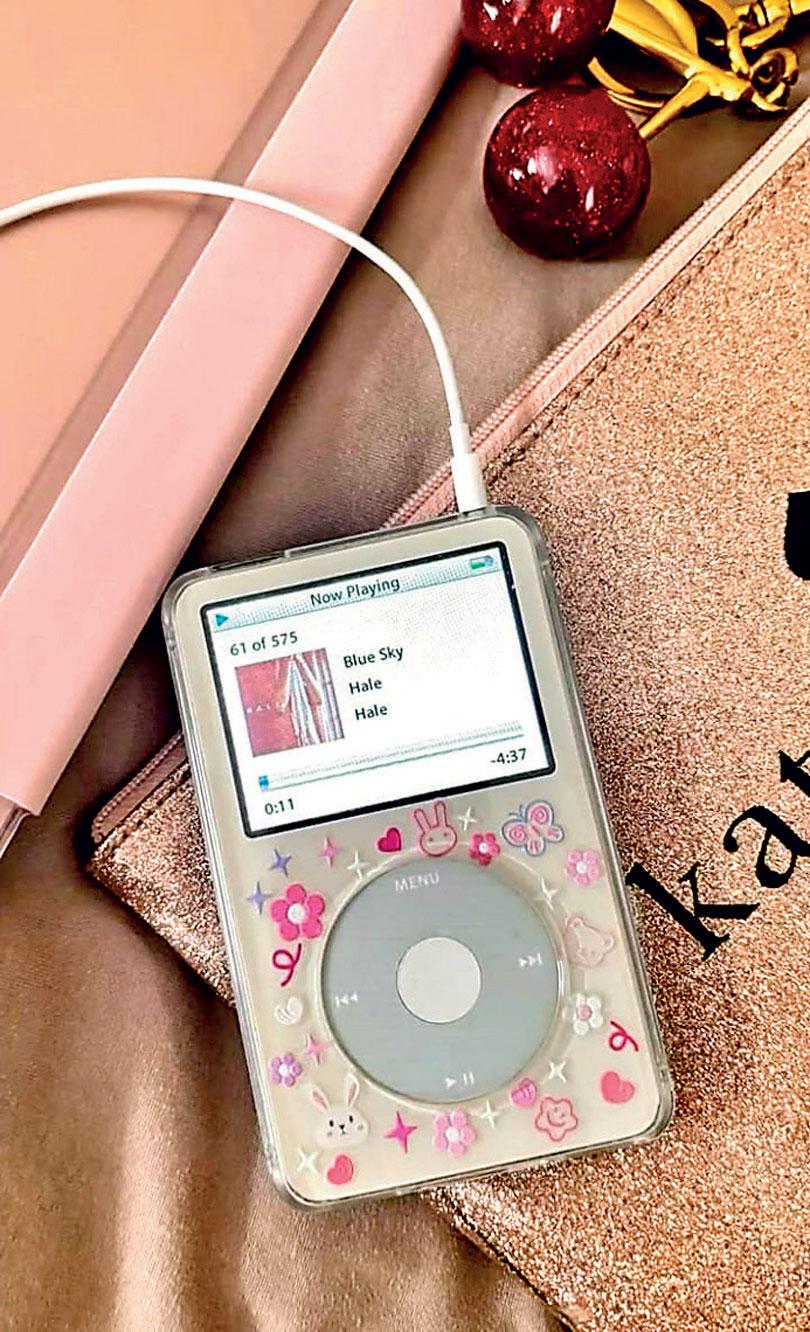
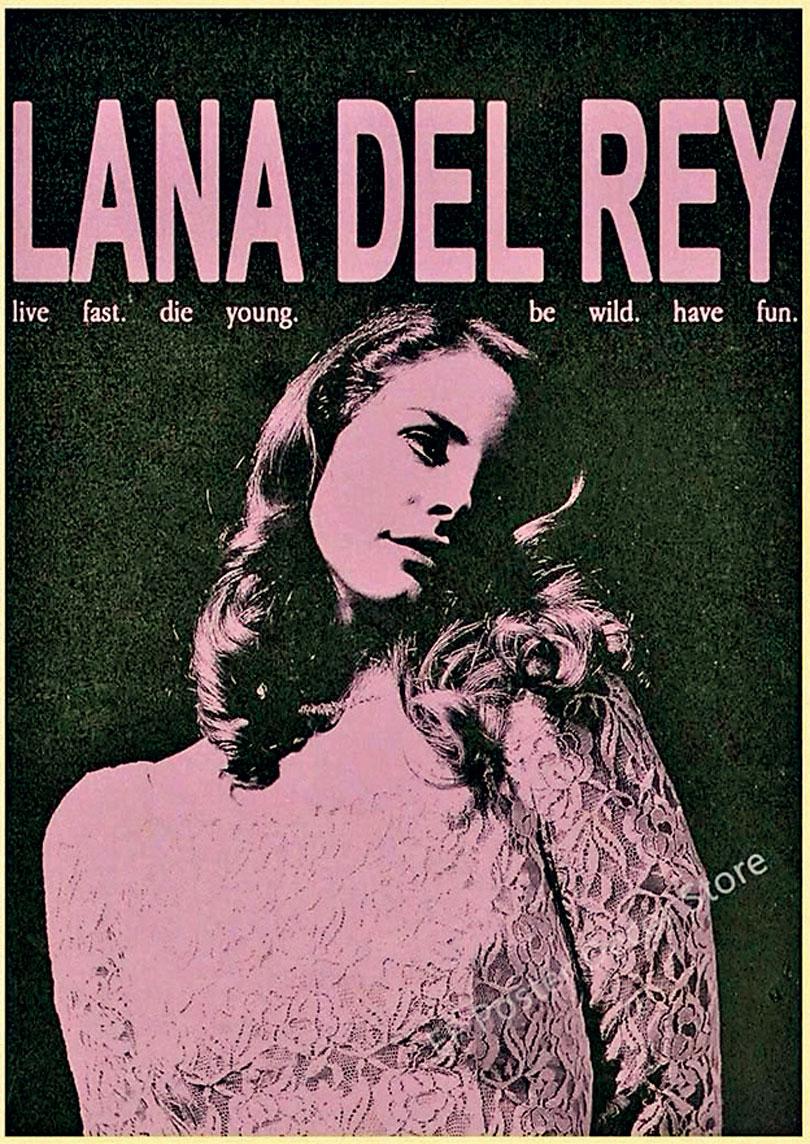
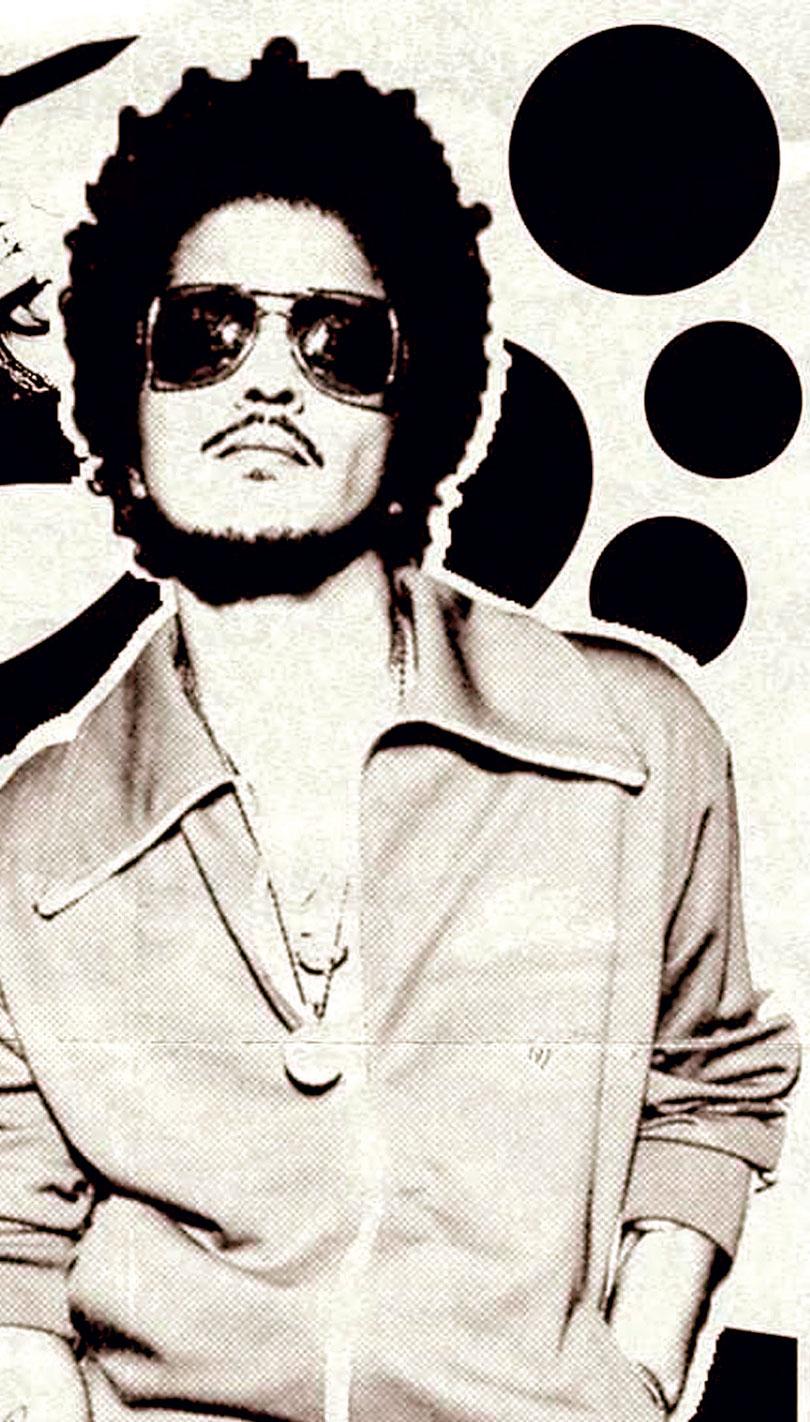
Social media has played a huge role in this resurgence. On TikTok, #Y2Kfashion has billions of views
Another reason is rebellion. The minimalist, earth-toned, “clean girl” aesthetic that dominated social media for a few years is now being challenged. Many young people are tired of curated perfection. They want color, chaos, and fun. Y2K fashion provides that. It embraces maximalism
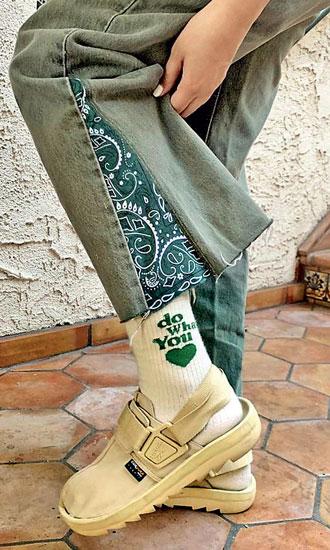 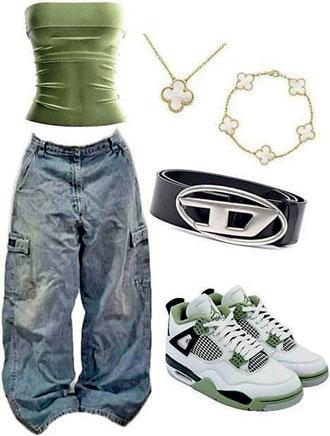 |
In a world constantly chasing the next big thing, Gen Z is looking backward and finding inspiration. The 2000s, once dismissed as tacky or outdated, are now seen through a lens of nostalgia and reinvention. From butterfly clips and low-rise jeans to flip phones and early-2000s pop anthems, Y2K culture is not just back; it is everywhere. In fashion, music, tech, and even lifestyle choices, the early millennium is having a full-blown renaissance in 2025. But this revival is more than aesthetics. It is a reflection of deeper emotions, a reaction to modern pressures, and a way for Gen Z to feel connected, creative, and in control.
The early 2000s were characterized by bold fashion choices and a distinct sense of optimism. It was a time before the smartphone revolution, before social media dominated lives, and before the world became hyper-digitized. Today’s youth, born around or after this era, are fascinated by it. For them, Y2K is a world they did not fully experience, but one that feels oddly familiar and comforting. It evokes memories of childhood, simplicity, and discovery. That emotional connection is a big part of why the retro wave has so much momentum.
In fashion, the Y2K influence is undeniable. Walk into any youth-focused clothing store or browse social media platforms like TikTok or Pinterest, and you’ll see the same recurring themes: baby tees, cargo pants, bedazzled accessories, platform sandals, and bold color-blocking. Vintage brands like Juicy Couture, Ed Hardy, and Von Dutch are making unexpected comebacks. Even mainstream giants like Zara, H&M, and Urban Outfitters have entire collections dedicated to this aesthetic. The return of these trends is not a carbon copy of the past, though. Gen Z is remixing them, pairing old-school elements with new-school values like gender fluidity, sustainability, and body inclusivity.
Social media has played a huge role in this resurgence. On TikTok, #Y2Kfashion has billions of views. Content creators show thrift hauls, style recreations, and closet tours full of reworked vintage pieces. Instagram is flooded with Polaroid-style filters, blurry flash photography, and retro aesthetics. Pinterest boards are filled with mood boards that scream early-2000s energy, think Paris Hilton paparazzi photos, Bratz dolls, and Destiny’s Child outfits. This visual culture, driven by Gen Z’s creativity, turns nostalgia into an aesthetic language that others instantly recognize and connect with.
Music, too, has not escaped the Y2K revival. Pop stars like Olivia Rodrigo, Dua Lipa, and Billie Eilish are blending early-2000s pop-rock, R&B, and electro influences into their sound and visuals. Newer artists are reviving the sonic textures of that time, from auto-tuned vocals to synth-heavy beats. Even album artwork and music videos are being shot in lo-fi styles reminiscent of the MTV and Myspace era. Songs that were once considered cheesy are now being played at parties, in viral TikTok’s, and during DJ sets. The resurgence of CDs and cassette tapes as collectibles has also added a tangible dimension to this musical nostalgia.
But why now? What makes Y2K so relevant in 2025? The answer lies in both emotion and culture. Gen Z is growing up in a world that feels chaotic, rising climate concerns, global conflicts, economic instability, and overwhelming digital exposure. In such an environment, nostalgia becomes a safe haven. It allows people to escape, if only briefly, into a time that feels lighter and freer. Even if Gen Z did not live fully through the Y2K years, they inherited the cultural memory of it from older siblings, parents, and pop culture archives.
Another reason is rebellion. The minimalist, earth-toned, “clean girl” aesthetic that dominated social media for a few years is now being challenged. Many young people are tired of curated perfection. They want color, chaos, and fun. Y2K fashion provides that. It embraces maximalism, playfulness, and imperfection. It invites people to experiment, to clash styles, and to stand out rather than blend in. It is fashion that doesn’t take itself too seriously, and that freedom is what appeals most.
The return of retro culture is also fueled by sustainability. Thrift shopping and secondhand fashion are key values for many Gen Z individuals who care about reducing fast fashion waste. By digging into old wardrobes, vintage stores, and flea markets, they are not only reviving old trends but doing it in a way that aligns with their environmental ethics. Upcycling clothes from the 2000s and giving them new life is both stylish and sustainable.
Technology, ironically, has played a hand in promoting this retro movement. Flip phones and digital cameras are being used again not just for novelty but as tools to limit screen time and live in the moment. Gen Z is rediscovering the joy of physical media and analog experiences. Disposable cameras, physical photo albums, and unplugged time are becoming part of lifestyle trends. The idea of disconnecting from the constant noise of apps and notifications by returning to simpler devices is very appealing.
Even in personal expression, the retro wave is visible. Websites and blogs, which had faded in the social media era, are being brought back by teens and young adults who want their own space to write, create, and share without algorithms. Customizable avatars, pixel art, HTML-based personal websites, and Y2K computer graphics are resurfacing on platforms like Tumblr and newer creative networks. The aesthetic of the internet in its early stages; quirky, personalized, and imperfect, is once again becoming cool.
The entertainment industry is embracing the trend too. Y2K-themed TV shows, reboots of old teen dramas, and fashion-forward movies set in the early 2000s are gaining popularity. There is a collective desire to relive, or finally live, the magic of that era. From Euphoria to Mean Girls’ influence on modern fashion and dialogue, the media is reintroducing Y2K culture to both old fans and new audiences.
Of course, not every element of the early 2000s is being romanticized. Gen Z is aware of the problematic aspects of that time, body shaming, lack of diversity, and unrealistic beauty standards. Instead of blindly replicating the past, they are curating it. They are taking the fun, the style, and the nostalgia, while discarding the toxicity. This self-aware approach makes the revival more meaningful and inclusive.
Ultimately, the Y2K comeback is not just a trend. It is a reflection of Gen Z’s desire for connection, connection to a simpler time, to individuality, to creativity, and to a culture that allows them to express who they are. It’s also a way of slowing down in a hyper-speed world, of reclaiming physicality in a digital existence, and of finding joy in the playful, the imperfect, and the nostalgic.
As 2025 continues to unfold, one thing is clear: retro is not going anywhere. Whether through fashion, music, or everyday habits, Gen Z has turned the past into a playground. And in doing so, they’re proving that sometimes, looking back is the best way to move forward.
